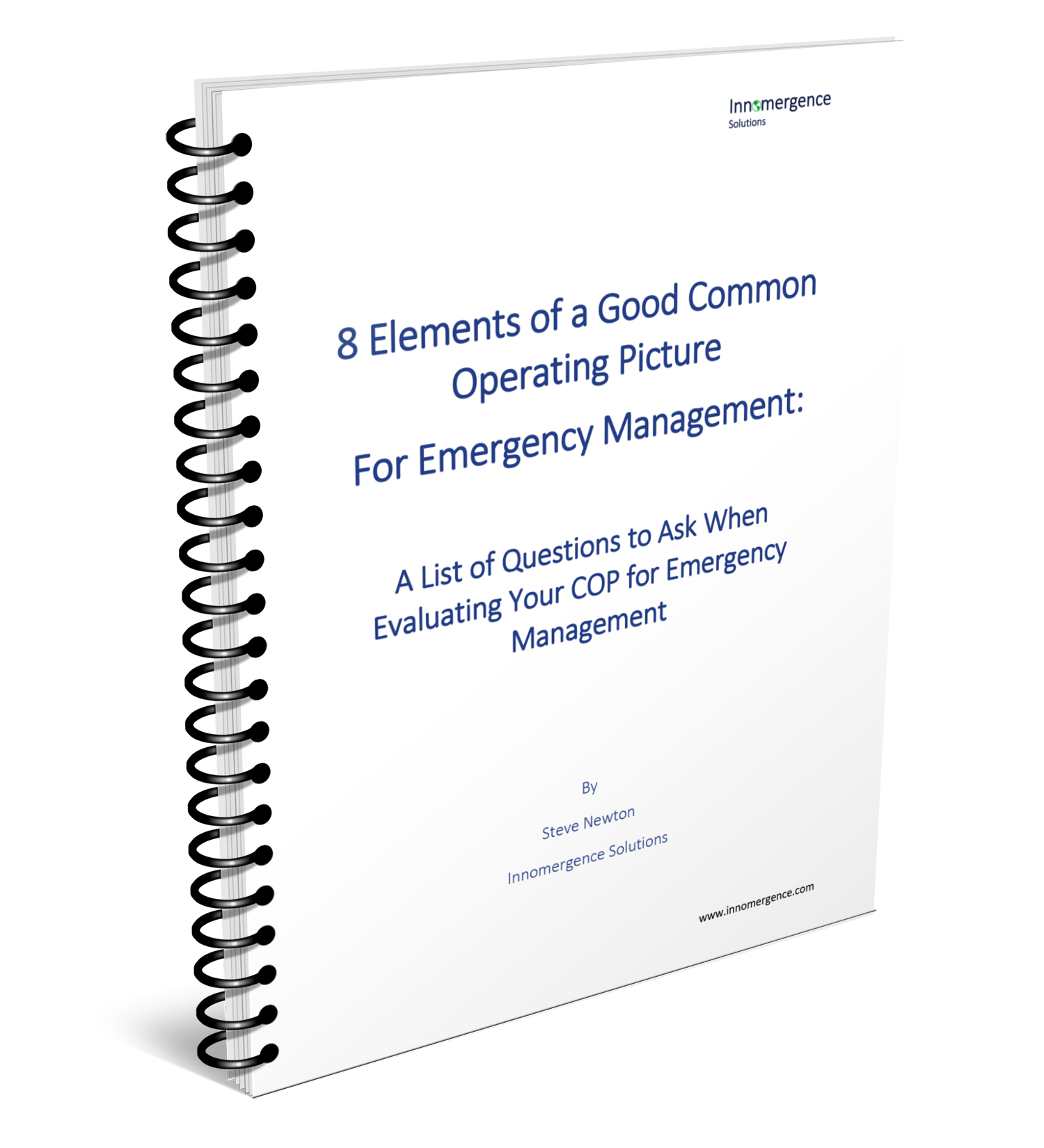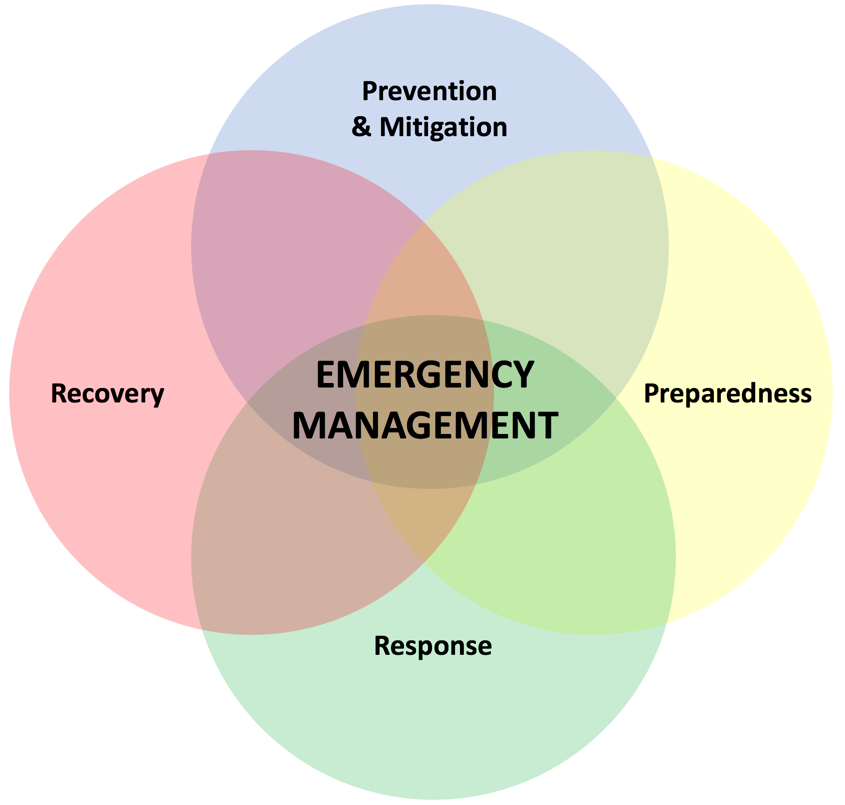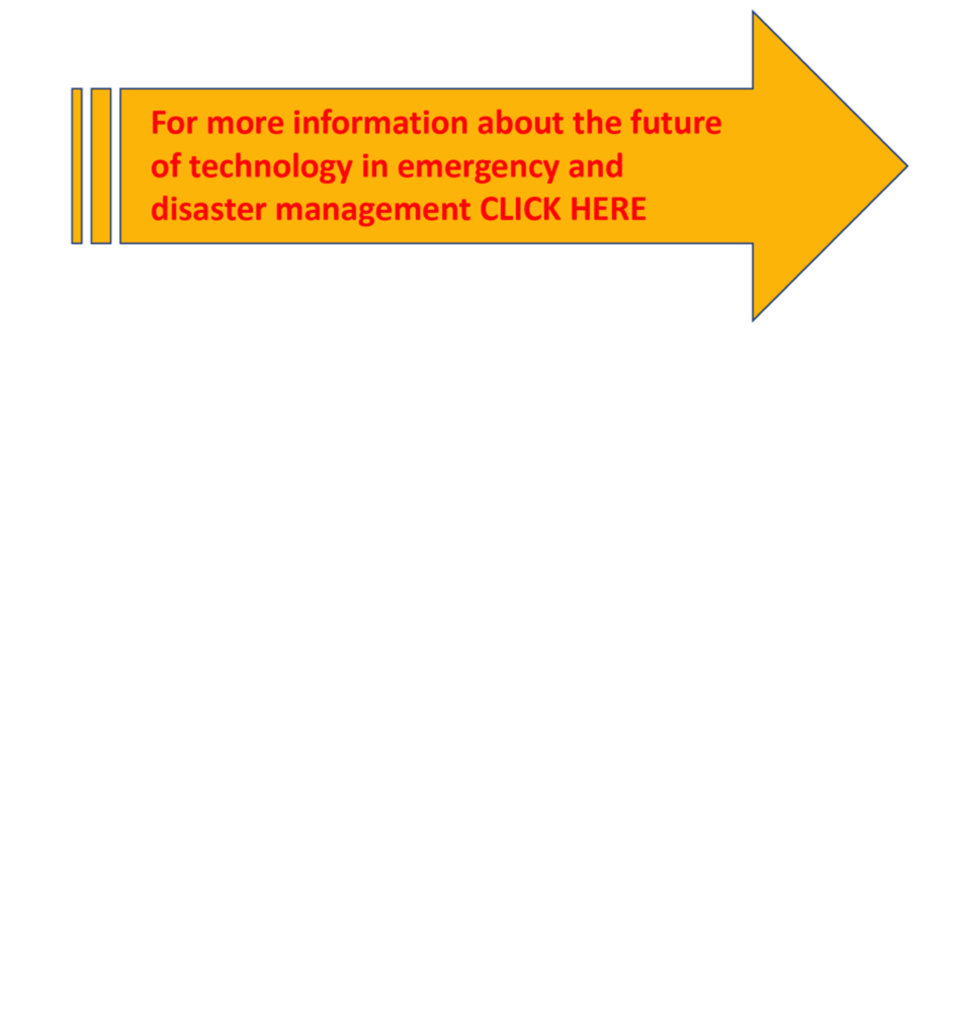How many times have you been involved in a post-event hotwash or debrief where the theme of "better communications and information sharing" has come up? The answer to that is probably almost all of them.
When it comes to sharing information for critical life-saving decision making and timely accurate situational awareness, there is no "one size fits all" common operating picture (COP) tool, despite what all the IT consultants and software vendors would have you believe.
Emergency and disaster management is far more complicated today than it used to be. There are more players with their own information systems in the game than ever before, and they are all demanding timely, accurate information for their critical life-saving decision making. They also have a bunch of valuable trusted information to share. Connecting all those business practices and information silos can be an overwhelming but necessary task.
Often, the smaller players are left out of the larger COP systems because the costs of belonging or participating can be quite high. But in emergency and disaster management, you should be an equal.
Being part of a good common operating picture for disaster or emergency management can make you that equal but you need to better understand how, why and where your organization will fit into it. You need to know what value there is in belonging, and what value you can bring in to the bigger picture decision making for situational awareness.
You need to start asking a few questions.
When you download your FREE copy of the "8 Elements of a Good Common Operating Picture for Emergency Management" you will get that one list of questions to ask when starting to evaluate your need and role in a COP.
To help your information sharing needs be better positioned for the future, you can start today by asking questions about the 8 Elements:
- Spatial Display - are you seeing everything you need to be seeing in real time, and in an easy-to-use way, or are you relying on GIS technicians for your mapping or are you doing it yourself in Google Earth?
- Good Situational Awareness Sharing - do you have the right network of agencies and stakeholders in place; are they giving you everything you need in a timely, accurate and trusted manner? Are you giving them what they need?
- Distributed Field Data Collection - are you leveraging the information gathering practices of your stakeholder network, or are you all duplicating a bunch of effort within your information silos?
- Utilization - are you using an expensive single purpose information system that requires significant staffing, systems maintenance and training to keep operational, or do you have a system that you are using every day as part of your regular operations?
- Automation - does your COP rely on manual practices such as forms, spreadsheets, and pdf files, or is most of the data automatically generated from a number of sources and available to you real time? Is it all in the same place or do you have to jump around between systems, screens and computer drives?
- Data Standards - does your COP use common internationally accepted data standards in its design, or are you using some legacy system that doesn't share information well with and from other different systems?
- Data Aggregation - does your COP readily use data from a number of different sources that allows you to combine and analyze it in meaningful new ways, or do you rely on a bunch of technical specialists to take a bunch of time to do this for you?
- Operations - are you paying expensive user licenses, maintenance, and custom development fees annually? Do you have good systems redundancy and back up practices? Can your COP be run remotely or offline if your facilities and operations are compromised?
If any of these questions hit home with you, then download the FREE guide today and start asking these and many more of the right questions. Your organization needs to be ready for the future, and asking these questions about your needs for a common operating picture for emergency or disaster management is the smart place for you to start.



